The Toughest Hydrangea Varieties That Will Grow Well in Your Zone
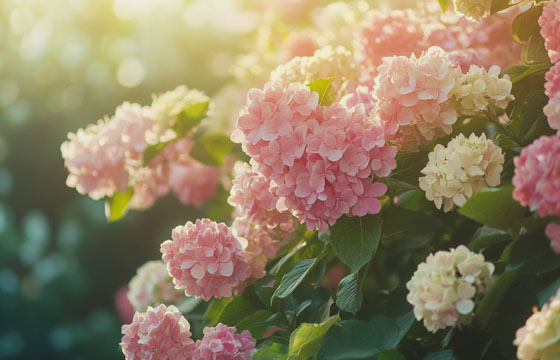
Hydrangeas have been a reliable favorite in gardens, offering beautiful blooms from summer to fall across much of the U.S. However, some varieties do better in specific growing zones, where they can handle heat, cold, or dry conditions more effectively. To ensure a smoother growing process, it's also important to identify and eliminate common garden weeds that could compete with your hydrangeas for nutrients and space.
RELATED 1: 27 Perennial Plants That Will Keep Your Garden Blooming
RELATED 2: 20 Brilliant Ideas to Transform Your Small Backyard into a Dreamy Outdoor Retreat
Ready to find the ideal winter-hardy hydrangea for your garden? Check out these expert tips to choose a plant that will thrive for years.
RELATED: Caring for Hydrangeas: From Planting to Creating Beautiful Bouquets
Hydrangea Varieties 101
Hydrangeas come in many types. They are different in bloom shape, color, leaf size, and growth. Some types are better for certain climates.
Most hydrangeas grow well in USDA hardiness zones 3 to 9. These zones cover much of the U.S., from Maine to parts of Florida. Hydrangeas in these zones can handle cold winters and hot summers.If you need a hydrangea that survives cold winters, there are many choices.
Smooth Hydrangea (Hydrangea Arborescens)
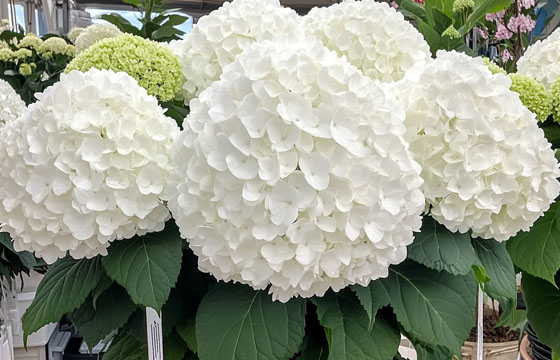
Smooth hydrangea is a hardy variety that grows well in cooler climates. It has snow-white blooms, but newer types offer pink, red, and purple colors.
Popular varieties:
- Incrediball (zones 3-9)
- Invincibelle (zones 3-9)
- Annabelle (zones 3-9)
Bigleaf Hydrangea (Hydrangea Macrophylla)
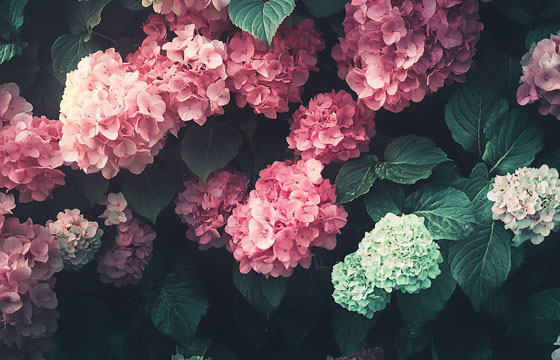
Bigleaf hydrangeas are two types: hortensias (or mopheads) with ball-shaped blooms and lacecaps with flat blooms. Bigleaf hydrangeas need a lot of water. They don’t grow well in dry places.
Popular varieties:
- Endless Summer (zones 4-9)
- Blushing Bride (zones 5-9)
- Nikko Blue (zones 6-9)
Panicle Hydrangea (Hydrangea Paniculata)
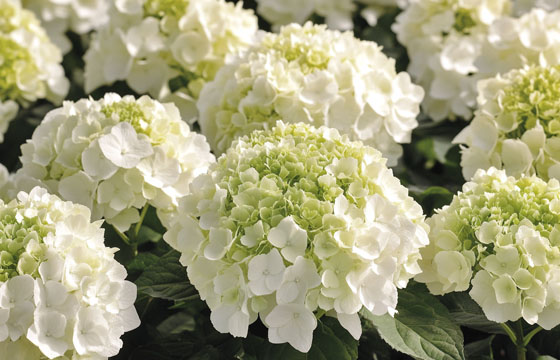
The panicle hydrangea (also called peegee hydrangea) is one of the hardiest and easiest hydrangeas to care for. It has large, cone-shaped blooms. The flowers change color from white or cream to red and pink in fall. Panicle hydrangeas can handle more sunlight than most other types.
Popular varieties:
- Limelight (zones 3-9)
- Vanilla Strawberry (zones 4-8)
- Quick Fire (zones 3-8)
- Bobo (zones 3-8)
Oakleaf Hydrangea (Hydrangea Quercifolia)
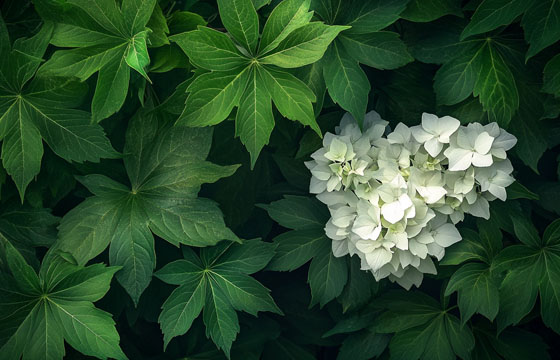
The oakleaf hydrangea has leaves like oak leaves. Unlike most hydrangeas, it has lobed leaves. The flowers start white and change to pink or red later.
Popular varieties:
- Ruby Slippers (zones 5-9)
- Snow Queen (zones 5-9)
- Gatsby (zones 5-9)
Mountain Hydrangea (Hydrangea Serrata)
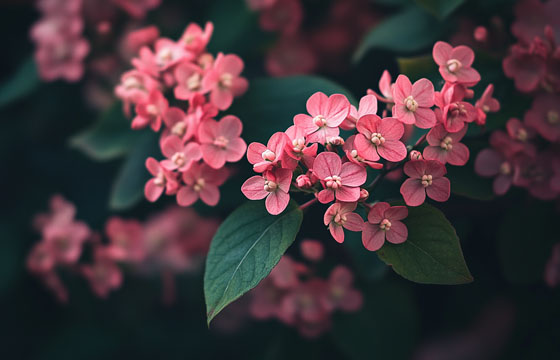
The mountain hydrangea has flat "lacecap" blooms. It grows quickly and can fill in your landscape. Mountain hydrangea can handle more sun, but only with moist soil. It grows better in warmer zones, from 5 to 9.
Popular varieties:
- Blue Billow (zones 5-9)
- Tuff Stuff (zones 5-9)
- Beni-Gaku (zones 5-9)
Cold-Hardy Hydrangeas for Tougher Growing Zones
The northern parts of the U.S. (zones 3 to 6) get more snow and cold weather, which can harm some hydrangeas.The best hydrangeas for cold climates are the ones that bloom on new wood. They are not affected by winter wildlife, cold weather, or bad pruning. Smooth hydrangea and panicle hydrangeas bloom on new wood and are good for colder zones.
Be careful with bigleaf hydrangeas. Even if they are cold-hardy, they may not give the blooms you expect. The plant's hardiness rating does not always apply to the stems that bear buds. So, the plant may survive but not bloom as expected.
Tamony suggests panicle and smooth hydrangeas as cold-hardy choices. Some varieties, like Bar Harbor and Seaside Serenade, can survive in Zone 3.
Heat-Tolerant Hydrangeas for Hot and Dry Climates
Hydrangeas need careful placement and care to grow in hot and dry areas. "It depends on the soil and light," Ballato says. "If your plant is in the right place and has good soil, drought is less of a problem." This means finding a spot with morning sun and afternoon shade to protect the plant from the heat.
Oakleaf hydrangea is the most drought-tolerant variety. Once they are established, smooth and panicle hydrangeas can handle short dry or hot periods, according to Tamony.
Mountain hydrangeas grow well in warmer climates but need steady moisture to thrive.
RELATED: 20 Resilient Outdoor Plants That Thrive No Matter What





